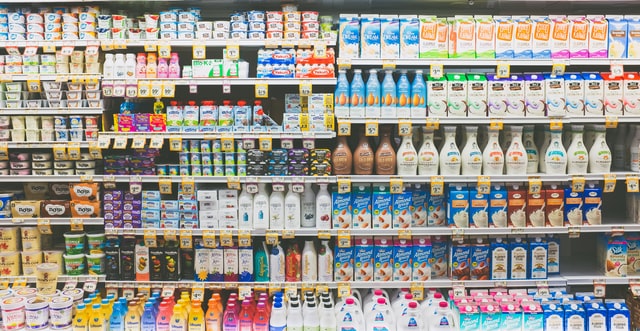IRI data indicates shoppers are buying more supermarket store brands, posing a challenge to food companies dealing with rising costs, reports The Wall Street Journal.
Dollar for dollar, store-branded items in general have seen a 1-percentage point increase in market share compared to the previous year, and some products like oatmeal and coffee have increased by as much as 1.35 percentage points or more. Store brands’ share of spending is 21.6 percent, higher than it was pre-pandemic.
“With all the inflation, private label is the best deal it has ever been,” said Steve Oakland, CEO of TreeHouse Foods, the largest domestic private-brand manufacturer. He noted that these items have seen steady increases over the past four months.
Store brands are often able to sell at a lower price point because of the lower costs that go into the production and dissemination of the products, notably lower marketing budget needs, for example. According to research by Morgan Stanley, this has driven a wedge between the price of private label versus name brands by as much as 60.8 percent.
Dewayne Rabon, the chief merchandising officer for Southeastern Grocers Inc., which runs Winn-Dixie and other regional supermarket chains, said that shoppers are now choosing its own brands over name brands for cheese, eggs, salty snacks, coffee, and more. The grocers’ generic items, on average, are 20 percent less expensive than their name-brand equivalents.
Analysts from Morgan Stanley further asserted that across the U.S., private-label products are 30 percent cheaper.
These analysts also noted that Smucker, General Mills, Kraft Heinz, Campbell Soup Co., and Conagra are especially vulnerable to losing business sine the price of their coffee, cereal, deli meat, soup, and frozen vegetable items have risen. Full Story (Subscription Required)
Related: Baking Mixes, Soup Fastest Growing Private Label Categories; Study Finds Disparities in Food Insecurity at County Level

